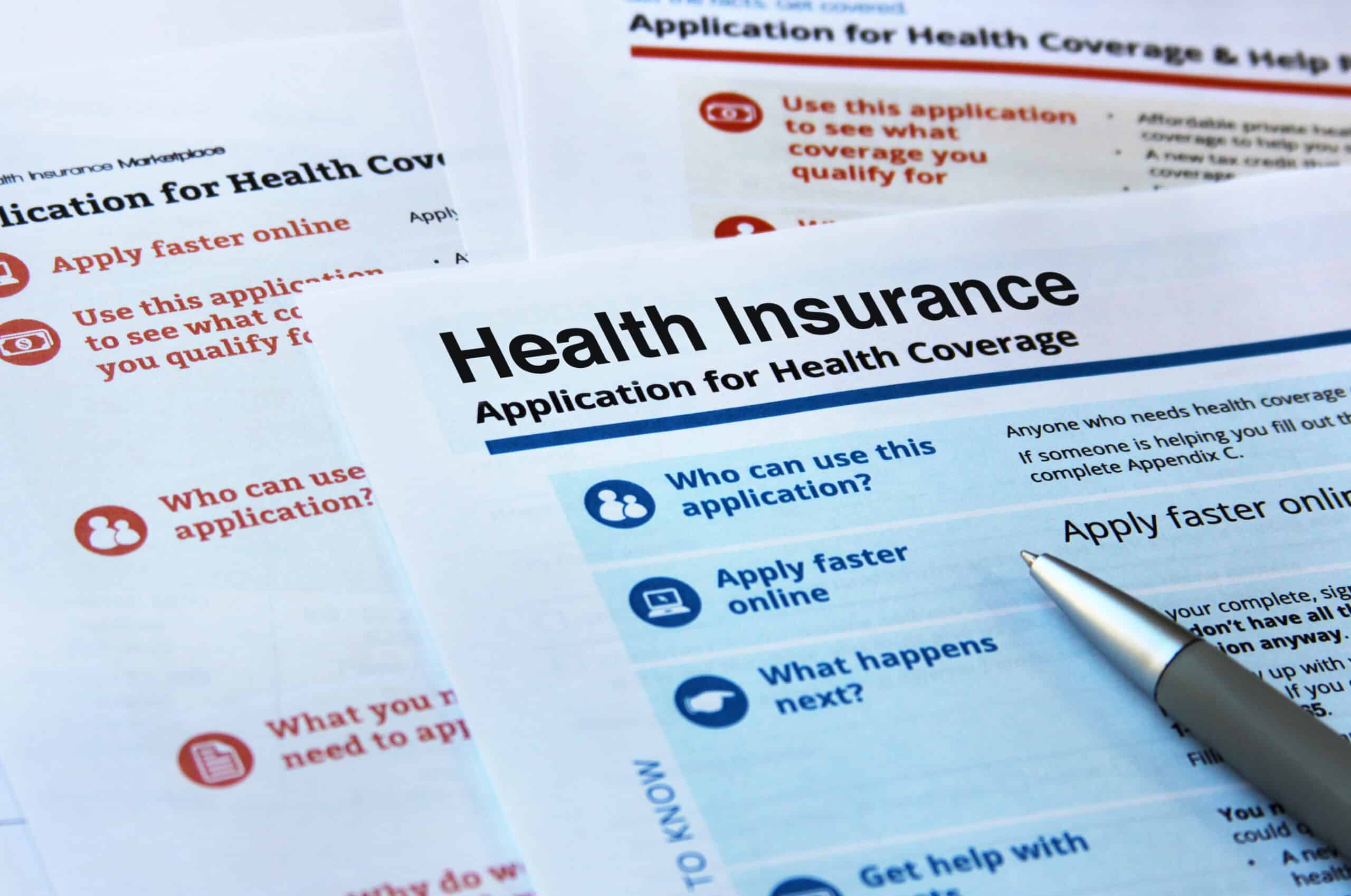If you’ve ever bought or selected health insurance, you know it’s an unpleasant process. It may even be the worst purchasing or selection experience you’ve encountered.
Why is that?
There are a lot of reasons, but chief among them is that buyers in the insured health care market are overserved: they pay too much for the value they receive. This overpayment is a characteristic of the severe and unending health care cost inflation problem that plagues our nation and financially harms families, companies, and the government.
Another characteristic of this market is that buyers aren’t empowered to be intelligent purchasers. As I learned from an industry expert and innovator, Ernest Ludy, that’s due to three key reasons:
- The incumbent health insurance business model is a cost-plus business model. Insurers spend more to earn more, and they have a disincentive to lower costs. This is due, in part, to the Medical Loss Ratio (MLR) regulation.
- Second, incumbents prevail in this market that is characterized by weak market forces, limited competition, and thus little to no incentive to innovate.
- Third, there is no transparency about what one is actually buying. How can you buy high-value insurance or high-value care when you can’t see what you are buying? The short answer is you can’t. When sponsors or individuals select an insurance plan, it’s unclear whether they will receive high value for it. In part, that’s due to the supply chain disintermediation between the individuals in the insured health care market: the insurer, the plan sponsor, the consumer/member, and the provider.
So, while there are an expanding number of options like Association Health Plans (AHPs) and Individual Coverage Health Reimbursement Arrangements (ICHRAs) that seek to provide those with limited buyer power (i.e., small businesses and individuals) more affordable options, these vehicles will only have limited impact in our existing environment.
Below I dive into the pros and cons of each of these approaches and an alternative pathway to reduce inflation and provide buyers with better market offerings for insured health care.
Potential vehicles for buy-side empowerment
Over the decades, there have been various attempts to provide individuals and small businesses with more effective ways to buy insurance. But, many have been accused of fraud—as was the case with multiple employer trusts in the 1970s, multiple employer welfare arrangements (MEWAs) in the 1980s and 1990s, and more recently, association health plans (AHPs). Each of these situations was swiftly followed by policy regulations to deter future fraudulent activity.
Due to the founded or theoretical fears of fraud through these vehicles, none have achieved the scale required to enhance buyer power in the existing value network. Yet, despite past attempts in this realm, AHPs with a geographic expansion provision and ICHRAs are two options that have been discussed as potential solutions to address market imbalance.
AHPs
An AHP is “an organization composed of companies working together to provide their employees health coverage through a single large group health plan.” These vehicles have existed for decades to help small companies come together and purchase health insurance for beneficiaries through a larger entity. However, current regulatory constraints—likely in response to past fraud noted above—inhibit their ability to empower small employers at scale.
There was a brief period of time during the Trump administration where AHPs were expanded, but this was reversed. A potential pathway for their expansion in order to reduce small business health insurance costs has been outlined by other analysts. Assessment of these analyses and market forces indicates that for AHPs to impact market dynamics, small employers would need to band together based on geography to create local scale. For this to occur, regulation change must happen.
Even if regulations did change and small employers were able to do this, it doesn’t address the three causes of buyer disempowerment listed in the introduction. Instead, it just gives smaller employers a way to buy non-transparent, cost-plus insurance in a market that isn’t incentivized to innovate or reduce costs. Most would agree this is a suboptimal “solution.”
ICHRAs
More recently, ICHRAs have become an alternative to employer-sponsored insurance. Starting in 2020, employers were allowed to opt out of traditional plan coverage if they provided employees with an ICHRA benefit (i.e., a defined monthly contribution of $720-$1600) that enabled them to affordably buy a plan on the marketplace. However, these have yet to scale in a way that enhances individual buyer power given their relative newness to the market. The potential for growth exists due to the fact that they enable consumer choice, and they can be a more affordable and flexible choice for coverage.
When it comes to ICHRAs, estimates state that 400,000-500,000 individuals are likely covered by them in 2024. The HRA Council projects that this could grow to 4.5 million by 2028. Others believe, as Oscar’s leaders stated in their latest earnings report, that the ICHRA opportunity is 70 million lives. Of note, the latter estimate represents about 20% of the US population, so in reality, the true opportunity likely lies somewhere in between the two estimates.
In addition to their newness, ICHRAs have a few factors working against their growth:
- Extensive marketing would be required to enhance both employer and employee awareness of this offering.
- Individual plans usually offer narrower, local networks compared to those of large group health plans.
- There is significant administrative complexity, especially for large organizations.
But these potential downsides are countered by ICHRAs’ increased flexibility, affordability, and consumer choice. Some in the industry estimate that the savings on ICHRAs vs. traditional plans is 20-30%. Allowing the consumer to purchase their own plan also enables them to optimize for their own needs as opposed to limited options provided by their employers. (For a detailed analysis of ICHRAs, see Christina Farr and Stacy Edgar’s 2024 analysis via Second Opinion, which informed this assessment.)
However, like with AHPs, individuals are still constrained to the options available on the market, which again, as stated in the introduction, are limited to an incumbent-dominated solution set characterized by high and rising costs and no incentive to lower them.
So, while AHPs and ICHRAs might offer some short-term promise to provide better-than-status-quo insured health care options to individuals and small businesses, they are still far from optimal.
So, where do we go from here?
To truly create an empowered buy-side, insured health care needs 1) business model innovation and 2) a new value network that supports this innovative business model’s success.
Only through business model innovation in insured health care, the creation of a new value-network, and pulling more stakeholders into that new network, can innovators unseat incumbents.
Intrigued by this idea? Our forthcoming concept paper on the insured health care industry will reveal not only that this is possible, but provides a roadmap for how to make it our national reality.



